Introduction to Machine Learning: Concepts, Techniques, and Applications
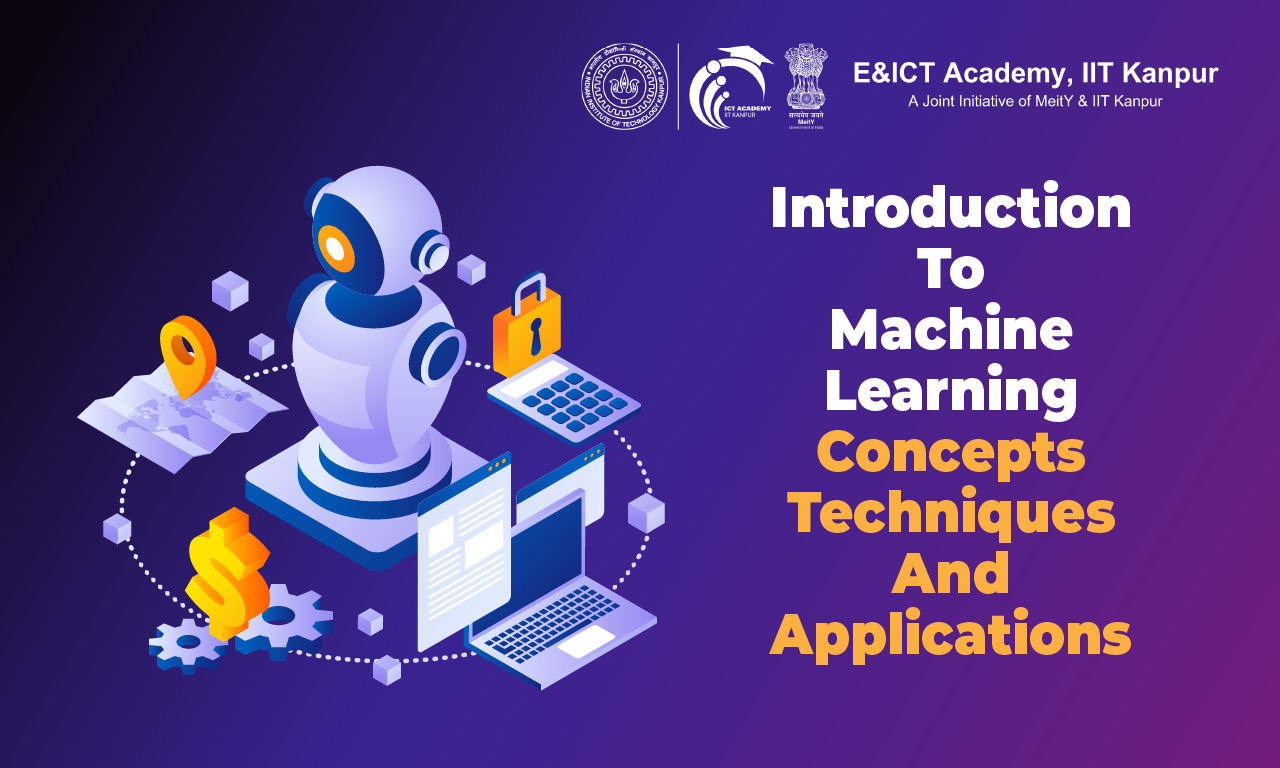
Introduction to Machine Learning
Computers may now acquire knowledge and make hypotheses or judgments without explicit programming with the help of machine learning. It involves developing algorithms and models that identify data trends and connections so that computers can draw inferences, make accurate predictions, and automate processes. Machine learning has several uses, including automated query responses, image processing, automated stock trading, recommendation engines, and customer support. Most AI (Artificial Intelligence) tools and projects fall under the broad category of machine learning, the largest segment of the AI market. By 2030, this market will increase from about 140 billion dollars to almost $2 Trillion.
Introduction to Machine Learning
Machine learning began during the artificial intelligence research of the 1950s and 1960s. The perceptron method, which formed the core of neural networks, was created in the early phases of machine learning. Among other significant turning points and advancements, the invention of decision trees, support vector machines, and deep learning helped shape the field into what it is today.
Types of Machine Learning
Supervised Learning
The models are trained using labeled data where the desired output is known. The computer can accurately predict or categorize brand-new events using this labeled data.
Unsupervised Learning
Unsupervised learning is creating models from unlabeled data. The program randomly examines the patterns and structures in the data to uncover hidden linkages, clusters, or dimensions within the dataset.
Reinforcement Learning
It teaches the models to decide what to do and what not to do when the benefits are maximized, or the hazards are minimized. The algorithm develops new abilities through trial and error and feedback in the form of rewards or penalties.
Semi-supervised Learning
Aspects of both supervised and uncontrolled learning are included in partially supervised learning. It uses both labeled and unlabeled data to improve model performance by utilizing the readily available labeled data and the larger pool of unlabeled data for generalization.
Deep Learning
Artificial neural networks with numerous layers are used in deep learning, a subset of machine learning, to learn complex data representations. It has generated a lot of attention and shown exceptional performance in various areas, including computer vision, natural language processing, and speech recognition.
Key Concepts in Machine Learning
Data Representation and Features
For implementing effective data representation, numerous formats, including written, classified, and numerical, can be used to convey data. Then the model extracts the features from the data, which are the characteristics or attributes used to make predictions. Feature engineering selects, changes, or creates new features to enhance model performance and spot essential data trends.
Training, Testing, and Validation
The available dataset is typically divided into three sets: training set, testing set, and validation set to assess a machine learning model’s efficacy. The validation set assists in deciding the model to use and optimizing the hyperparameters. After the model has been trained using the training set, it is evaluated using the testing set.
The model’s performance and the quality of its predictions are evaluated using evaluation measures like accuracy, precision, recall, and F1 score.
Model Selection and Regularization
The process of selecting the best model architecture or technique for a particular problem is known as model selection. The selection procedure is influenced by the type of data, the accessibility of computational resources, and the interpretability requirements.
The regularization techniques are used to resolve the bias-variance trade-off and avoid overfitting. L1 and L2 regularization algorithms add penalty terms to the loss function to encourage simplicity.
Supervised Learning Algorithms
Many machine learning applications are built on supervised learning techniques. They learn from labeled data to correctly forecast outcomes or categorize unexpected occurrences.
Some well-liked supervised learning algorithms are listed below:
- Linear Regression: Regression employing a linear equation describes the relationship between a dependent variable and one or more independent variables.
- Logistic Regression: Logistic regression is applied to solve issues with binary categorization. The possibility that an object belongs to a specific class is modeled using a logistic regression function.
- Decision Trees: Decision trees arrive at decisions by using a hierarchical structure of nodes and branches. They develop regression or classification procedures and classify the data based on features.
- Random Forests: Random forests are an ensemble learning method based on decision trees. The outcome is determined by voting or the average of the predictions made by each tree in the forest.
- Support Vector Machines (SVMs): SVMs are efficient classifiers that pinpoint the best hyperplane for categorizing data while maximizing the distance between each class.
- Naive Bayes Classifier: Naive Bayes classifiers are probabilistic models based on the Bayes theorem. They classify the characteristics quickly and accurately since they function independently.
- K-Nearest Neighbors (KNN): KNN classifies new instances based on how near labeled cases are to them in the feature space. The k nearest neighbors are assigned the class label that has the majority.
- Neural Networks: These networks learn complex data representations through interconnected layers of artificial neurons. They excel in tasks involving image recognition, natural language processing, and more.
Unsupervised Learning Algorithms
Clustering
Clustering techniques combine similar occurrences based on their inherent patterns or similarities. Data is divided into k categories using K-Means Clustering. Popular clustering methods include Hierarchical Clustering, which creates a hierarchy of clusters, and DBSCAN, which identifies dense areas in the data.
Dimensionality Reduction
The phrase “dimensionality reduction methods” refers to strategies for reducing the number of features while keeping the most crucial details in the data. Principal Component Analysis is used to minimize the dimensions of the data to capture all of the data’s variation efficiently.
Machine Learning Techniques and Applications
Reinforcement Learning
Reinforcement learning concentrates on teaching agents to make decisions sequentially to maximize cumulative rewards. To model how an agent interacts with its environment, it uses concepts like Markov Decision Processes (MDP), Q-Learning as a value-based technique, and Deep Reinforcement Learning, which employs deep neural networks to learn complex policies.
Natural Language Processing (NLP)
Natural Language Processing allows computers to process and understand human language precisely. It entails tasks like text preparation, tokenization, and sentiment analysis to determine the emotions portrayed in the text. Additionally, it uses named entity recognition (NER), which recognizes and classifies named entities, and word embeddings, which represent words as dense vectors encapsulating semantic relationships.
Computer Vision
The main goal of computer vision is to examine and extract visual data from still images and moving pictures. Convolutional Neural Networks (CNNs), specialized neural networks for image processing, are employed for various tasks. The tasks include object identification and recognition to recognize and locate objects within images, image preprocessing and augmentation, and image segmentation to separate visuals into meaningful regions.
Time Series Analysis
Through time series analysis, time-dependent data can be analyzed and forecasted. Long Short-Term Memory (LSTM) networks, specialized neural networks for sequential data, and Autoregressive Integrated Moving Average (ARIMA) models, which capture temporal dependencies and forecast future values, are some of the techniques used in this. Time series forecasting is another technique.
Recommender Systems
Recommender systems aim to provide individualized recommendations based on a user’s preferences and actions. Collaborative filtering systems look at how similar users or objects behave and provide recommendations. While Content-Based Filtering is based on the characteristics of the units, Hybrid Approaches employ collaborative and content-based strategies to generate exact suggestions.
Conclusion
Machine Learning is a diverse and rapidly evolving field with developing concepts, techniques, and applications. For those interested in delving deeper into this dynamic area, enrolling in a comprehensive machine learning program can provide valuable skills and knowledge.
Adopting ML applications in businesses requires carefully understanding machine learning concepts and techniques. Various challenges, including ethical issues, data privacy, and scaling of machine learning models, require attention. But with innovation and data security measures, AI has the potential to transform the daily lives of people.
Recommended Courses
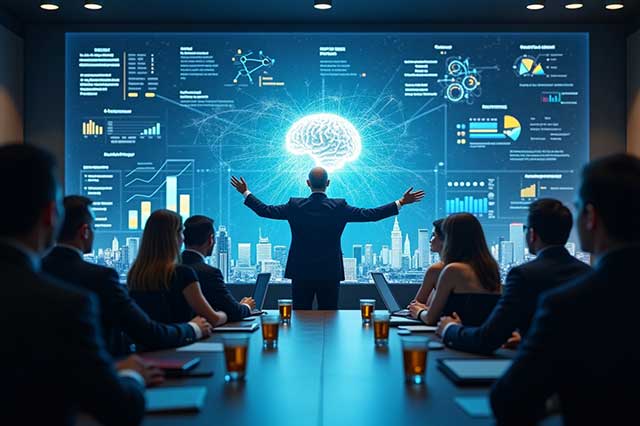
Advanced Certificate Program in AI for Leaders

AI & Digital Transformation
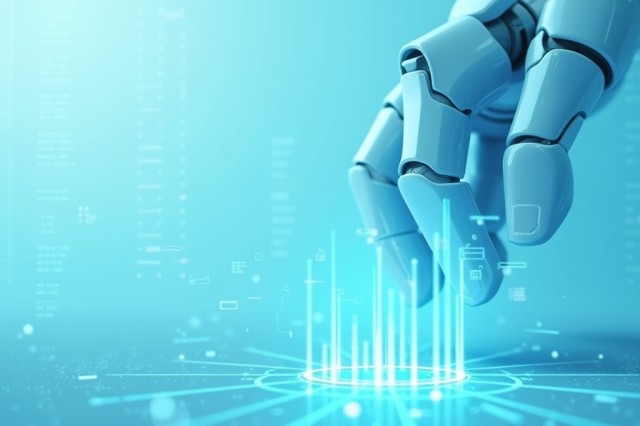
AI for Managers

AI for Managers

Artificial Intelligence

Deep Learning with Generative AI for Computer Vision
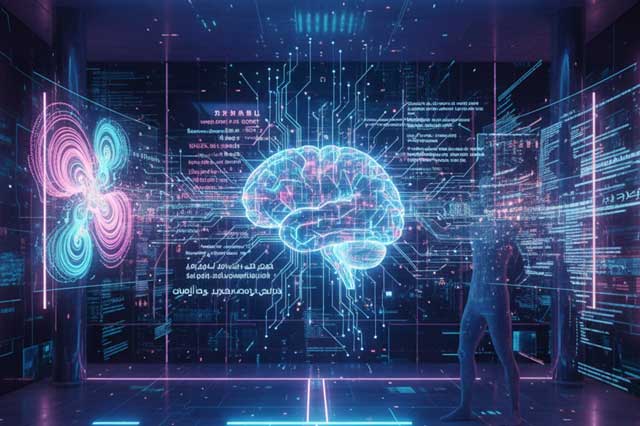
Generative AI
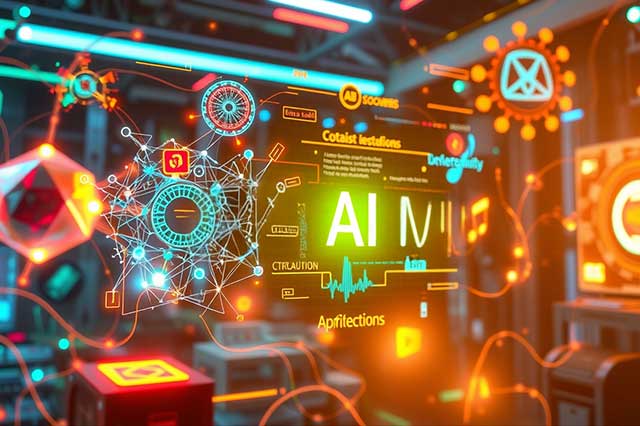
Generative AI Course
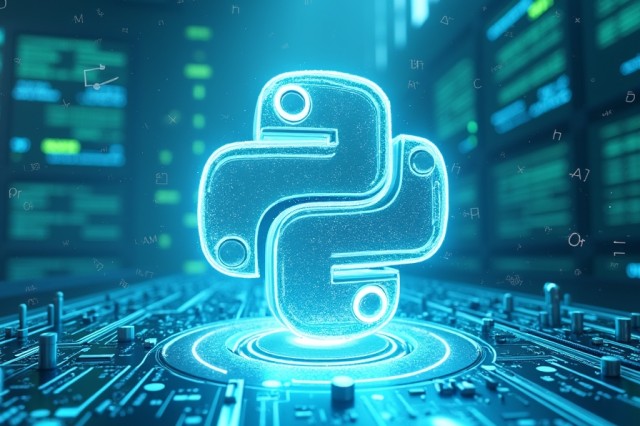
Machine Learning with Python

Professional Certificate Course in Generative AI and Machine Learning
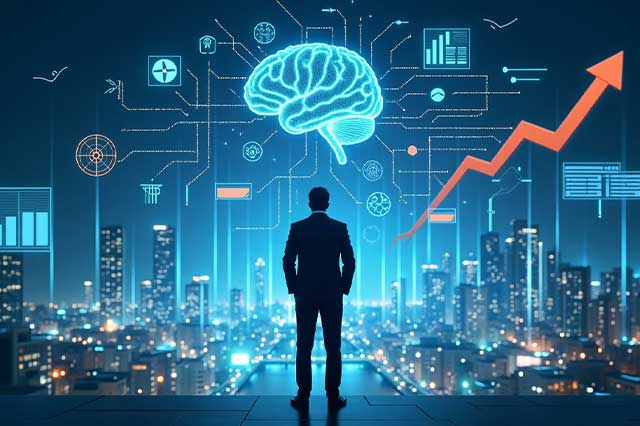
Professional Certificate Program in Leadership with AI



